-
 bitcoin
bitcoin $110323.126235 USD
1.94% -
 ethereum
ethereum $3864.833023 USD
1.25% -
 tether
tether $1.000393 USD
0.02% -
 bnb
bnb $1133.877748 USD
4.86% -
 xrp
xrp $2.393640 USD
1.11% -
 solana
solana $192.566078 USD
6.48% -
 usd-coin
usd-coin $0.999906 USD
0.00% -
 tron
tron $0.313196 USD
-2.80% -
 dogecoin
dogecoin $0.194944 USD
2.29% -
 cardano
cardano $0.643216 USD
2.65% -
 hyperliquid
hyperliquid $39.990234 USD
7.27% -
 chainlink
chainlink $17.375446 USD
0.89% -
 ethena-usde
ethena-usde $0.999536 USD
0.02% -
 stellar
stellar $0.310716 USD
0.33% -
 bitcoin-cash
bitcoin-cash $480.762464 USD
1.14%
The role of mining in blockchain technology
Mining secures blockchains by making tampering costly, incentivizing honest participation through rewards, and enabling trustless consensus across decentralized networks.
Oct 23, 2025 at 06:55 am
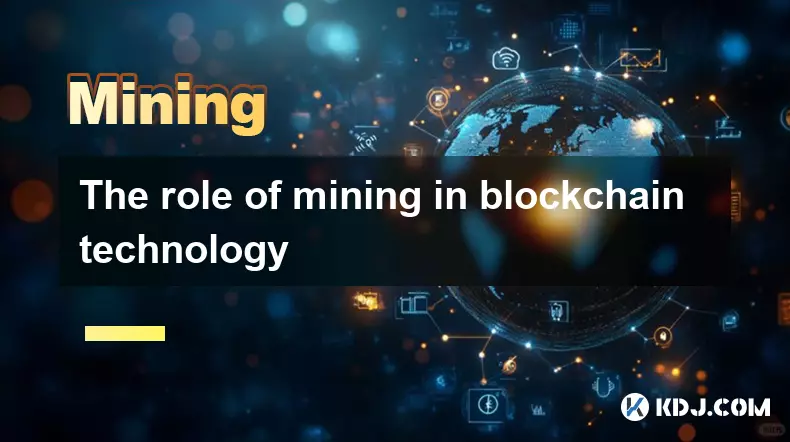
The Foundation of Blockchain Security
1. Mining plays a crucial role in maintaining the integrity and security of blockchain networks, especially in proof-of-work (PoW) systems like Bitcoin. Miners compete to solve complex cryptographic puzzles, ensuring that no single entity can easily manipulate transaction history.
2. By requiring computational work to add new blocks, mining prevents spam and denial-of-service attacks. This mechanism makes it economically unfeasible for malicious actors to overwhelm the network.
3. The decentralized nature of mining across global nodes ensures that control over the blockchain is not centralized. This distribution of power supports trustless consensus, where participants don’t need to rely on intermediaries.
4. Each mined block contains a reference to the previous block, forming an immutable chain. Tampering with any block would require re-mining all subsequent blocks, which demands more than 50% of the network’s total computing power—a scenario known as a 51% attack.
5. The immutability provided by mining is one of the core reasons blockchain technology is trusted for financial transactions, digital identity, and supply chain tracking.
Economic Incentives Driving Miner Participation
1. Miners are rewarded with newly minted cryptocurrency and transaction fees for successfully adding blocks to the chain. These incentives encourage individuals and organizations to invest in hardware and electricity costs.
2. As the value of a cryptocurrency increases, more miners are attracted to the network, increasing its overall hash rate and making it more secure against potential attacks.
3. The block reward undergoes periodic reductions through events called halvings, such as in Bitcoin every 210,000 blocks. This scarcity model mimics precious resources like gold, influencing long-term supply dynamics.
4. Transaction fees become increasingly important as block rewards diminish over time. Users who pay higher fees often see their transactions confirmed faster, creating a market-driven prioritization system.
5. These economic structures ensure sustained participation even as initial coin emissions decrease, preserving network functionality without central oversight.
Hardware Evolution and Energy Considerations
1. Early blockchain mining could be done efficiently on standard CPUs, but as competition intensified, specialized hardware like GPUs and later ASICs (Application-Specific Integrated Circuits) became dominant.
2. The shift toward ASICs has led to concerns about centralization, as these devices are expensive and produced by a limited number of manufacturers, potentially concentrating mining power in specific regions or entities.
3. High energy consumption associated with PoW mining has sparked debates around environmental impact. Some networks face criticism for relying on non-renewable energy sources to power mining farms.
4. In response, certain mining operations have relocated to areas with surplus hydroelectric, solar, or wind energy, turning excess capacity into productive use while reducing carbon footprints.
5. Efforts to improve energy efficiency and adopt cleaner power sources reflect the industry's adaptation to sustainability challenges without compromising network security.
Impact on Network Decentralization and Governance
1. Mining pools emerged as a way for smaller miners to combine resources and receive more consistent payouts. However, large pools now control significant portions of hash power, raising concerns about governance centralization.
2. When a small number of pools dominate, they gain disproportionate influence over protocol upgrades, transaction inclusion, and potential forks, undermining the democratic ideals of decentralized systems.
3. Some blockchain projects have responded by implementing anti-ASIC algorithms or transitioning to proof-of-stake models to reduce reliance on energy-intensive mining and promote broader participation.
4. Despite these shifts, many communities still value the proven security record of PoW mining, leading to ongoing debate about the trade-offs between decentralization, security, and scalability.
5. The structure of mining directly influences how decisions are made within a blockchain ecosystem, shaping its resilience and resistance to external control.
Frequently Asked Questions
What happens when all Bitcoins are mined?After the final Bitcoin is mined—projected around the year 2140—miners will rely solely on transaction fees for income. The network is designed to remain secure through this transition by incentivizing validation via fee-based compensation.
Can mining be done profitably at home today?For most major cryptocurrencies using PoW, home mining is rarely profitable due to high electricity costs and the dominance of industrial-scale ASIC farms. Profitability depends heavily on local energy prices and hardware efficiency.
How does mining affect cryptocurrency prices?Mining influences price through production cost metrics. Miners typically won’t sell below their break-even point, creating a floor effect. Additionally, increased mining activity signals confidence in future value, potentially driving demand.
Are there alternatives to mining in blockchain consensus?Yes, alternatives like proof-of-stake (PoS), delegated proof-of-stake (DPoS), and proof-of-authority (PoA) eliminate traditional mining by selecting validators based on stake or reputation rather than computational work.
Disclaimer:info@kdj.com
The information provided is not trading advice. kdj.com does not assume any responsibility for any investments made based on the information provided in this article. Cryptocurrencies are highly volatile and it is highly recommended that you invest with caution after thorough research!
If you believe that the content used on this website infringes your copyright, please contact us immediately (info@kdj.com) and we will delete it promptly.
- Essex Post Office, 5p Coins, and King Charles: A Royal Mint Revelation!
- 2025-10-23 10:30:16
- Waymo's Newark Airport AV Tests: Alphabet's AI Gamble Pays Off?
- 2025-10-23 10:30:16
- King Charles 5p Coins: A Royal Flush in Your Pocket?
- 2025-10-23 10:35:18
- Solana, Crypto Advisory, and Forward Industries: A New York Minute on the Future of Finance
- 2025-10-23 08:51:22
- MAGACOIN: Ethereum Whales Dive into the Hottest Presale of 2025
- 2025-10-23 08:51:22
- Kadena's End of the Road? KDA Token Plummets Amid Project Abandonment
- 2025-10-23 08:55:34
Related knowledge
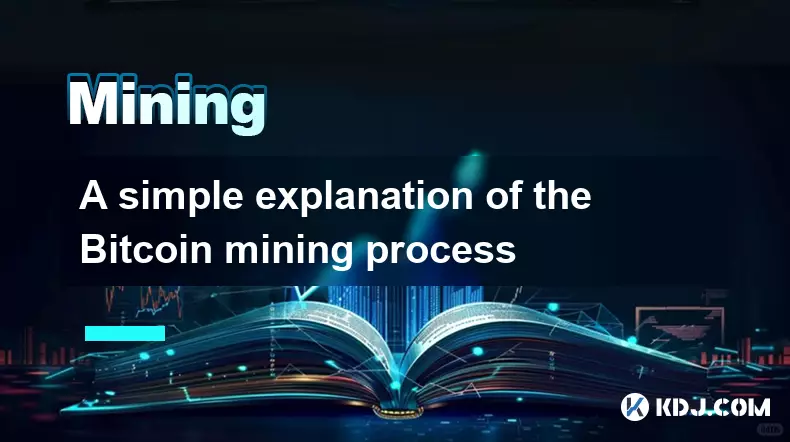
A simple explanation of the Bitcoin mining process
Oct 21,2025 at 05:54am
What Is Bitcoin Mining?1. Bitcoin mining is the process by which new bitcoins are introduced into circulation and transactions are verified on the blo...
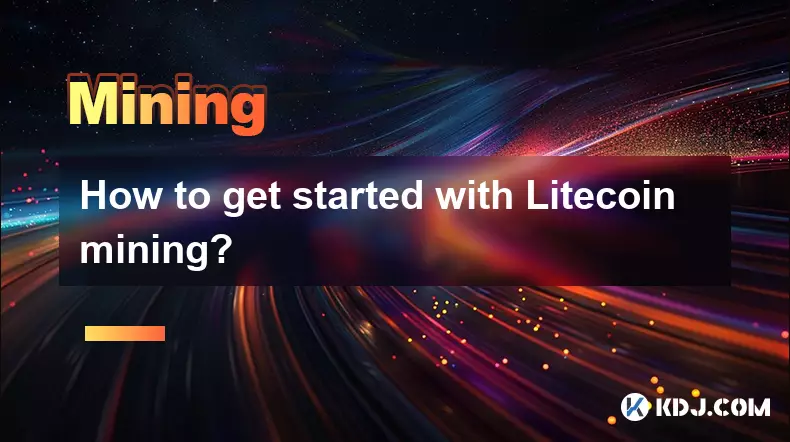
How to get started with Litecoin mining?
Oct 19,2025 at 07:01am
Understanding Litecoin Mining Basics1. Litecoin mining involves verifying transactions on the Litecoin blockchain using computational power. Miners so...
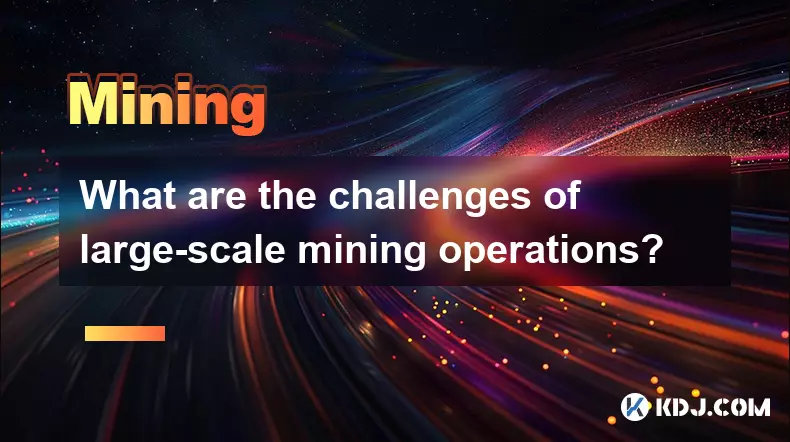
What are the challenges of large-scale mining operations?
Oct 18,2025 at 07:01pm
Energy Consumption and Power Management1. Large-scale mining operations require massive amounts of electricity to power thousands of ASICs or GPUs run...
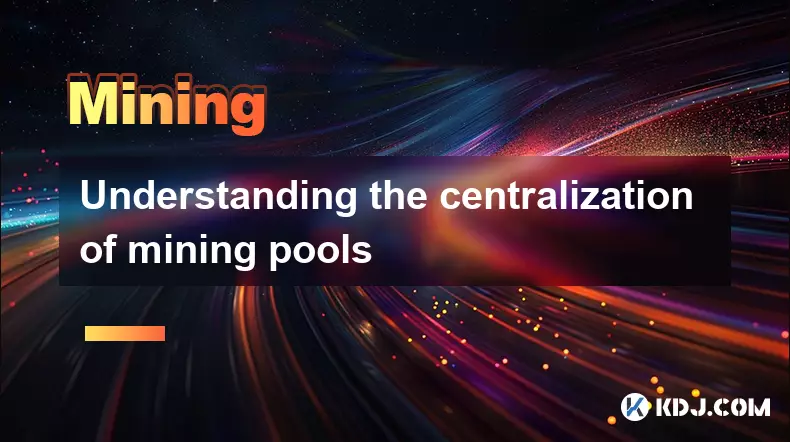
Understanding the centralization of mining pools
Oct 24,2025 at 05:19am
Power Distribution in Cryptocurrency Mining Networks1. The structure of mining pools plays a crucial role in determining how decentralized a blockchai...
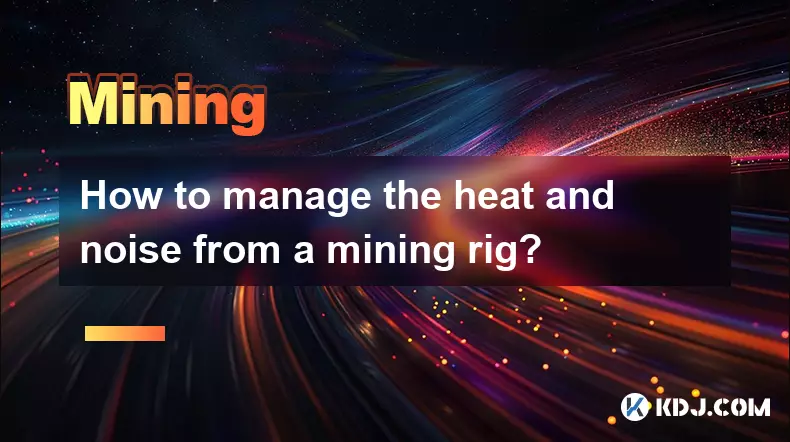
How to manage the heat and noise from a mining rig?
Oct 22,2025 at 05:36pm
Optimizing Ventilation for Mining Rigs1. Proper airflow is essential when running a mining rig continuously. Position the rig in a well-ventilated roo...

Can a Raspberry Pi be used for crypto mining?
Oct 21,2025 at 04:18pm
Feasibility of Using Raspberry Pi for Cryptocurrency Mining1. The Raspberry Pi is a compact, low-power single-board computer designed primarily for ed...

A simple explanation of the Bitcoin mining process
Oct 21,2025 at 05:54am
What Is Bitcoin Mining?1. Bitcoin mining is the process by which new bitcoins are introduced into circulation and transactions are verified on the blo...

How to get started with Litecoin mining?
Oct 19,2025 at 07:01am
Understanding Litecoin Mining Basics1. Litecoin mining involves verifying transactions on the Litecoin blockchain using computational power. Miners so...

What are the challenges of large-scale mining operations?
Oct 18,2025 at 07:01pm
Energy Consumption and Power Management1. Large-scale mining operations require massive amounts of electricity to power thousands of ASICs or GPUs run...

Understanding the centralization of mining pools
Oct 24,2025 at 05:19am
Power Distribution in Cryptocurrency Mining Networks1. The structure of mining pools plays a crucial role in determining how decentralized a blockchai...

How to manage the heat and noise from a mining rig?
Oct 22,2025 at 05:36pm
Optimizing Ventilation for Mining Rigs1. Proper airflow is essential when running a mining rig continuously. Position the rig in a well-ventilated roo...

Can a Raspberry Pi be used for crypto mining?
Oct 21,2025 at 04:18pm
Feasibility of Using Raspberry Pi for Cryptocurrency Mining1. The Raspberry Pi is a compact, low-power single-board computer designed primarily for ed...
See all articles










































































